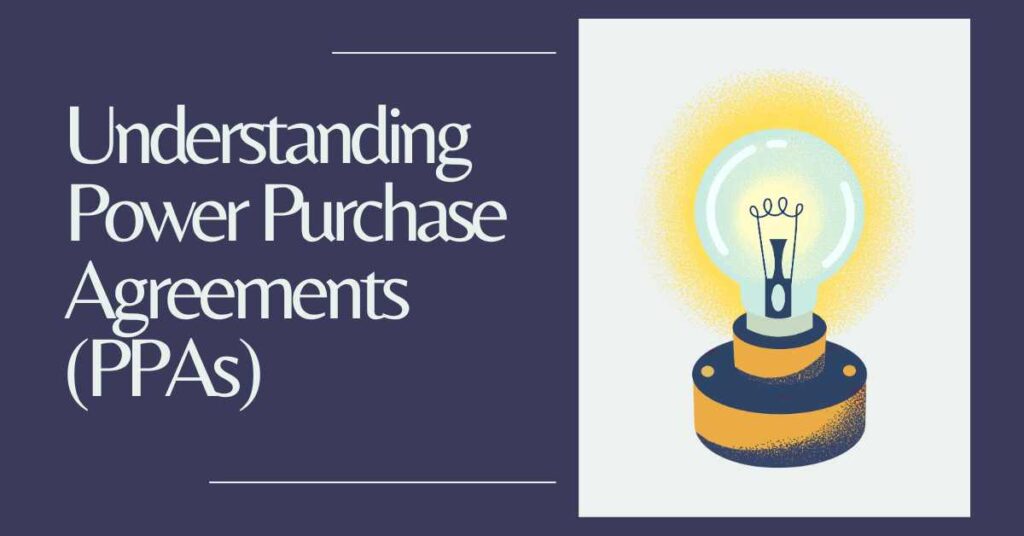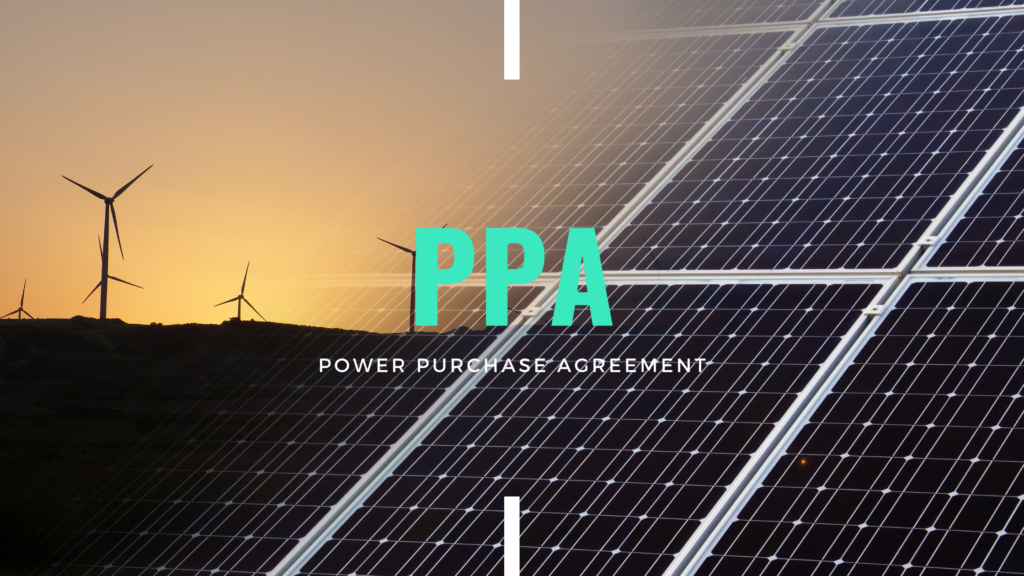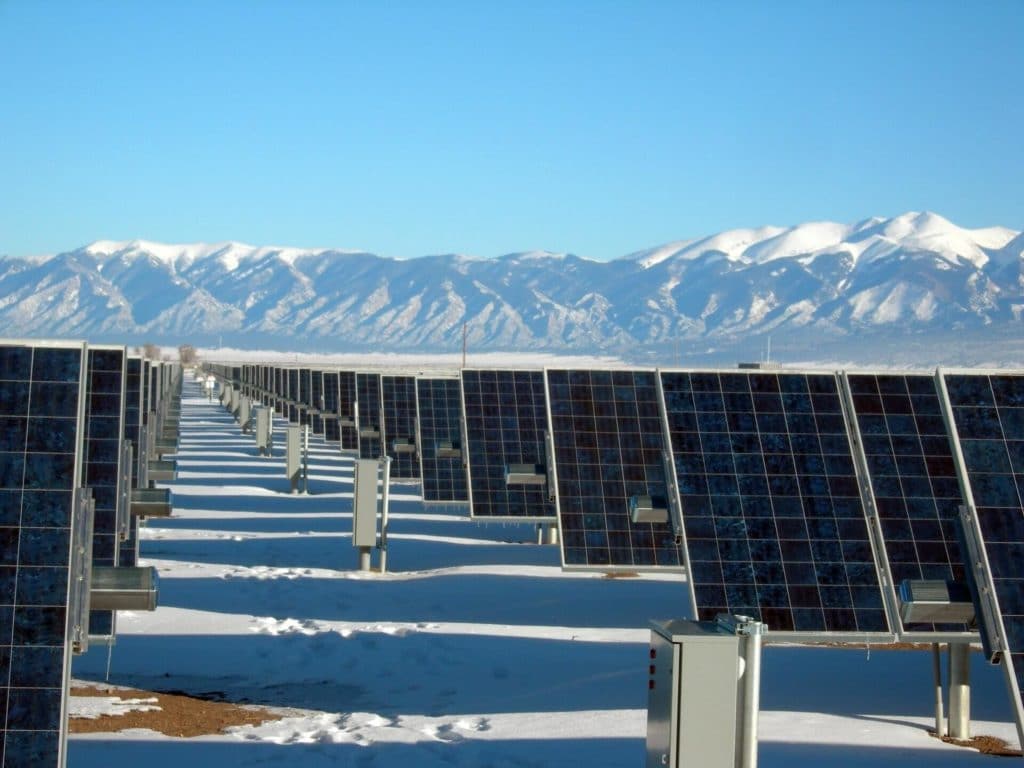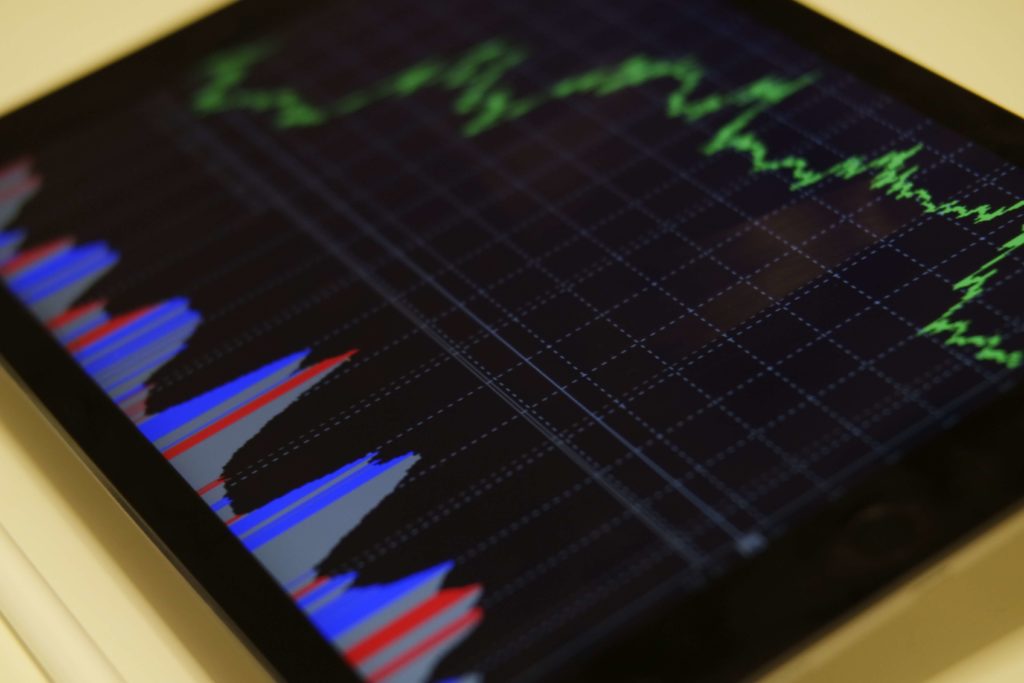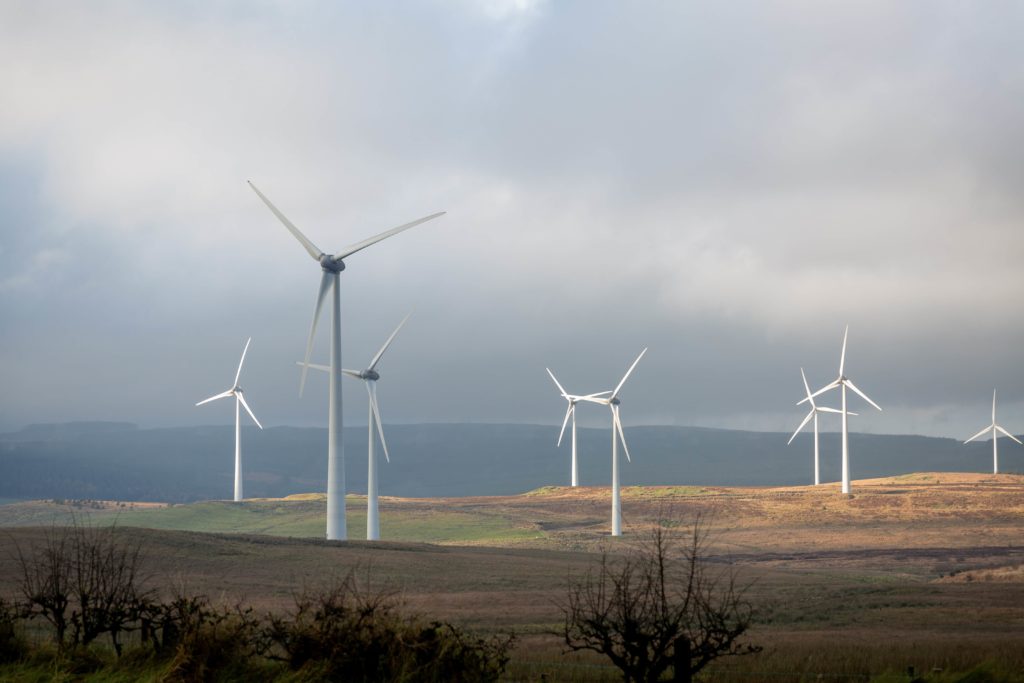What is PPA price index?
The European energy market complex has remained strongly bullish since the war outbreak in Ukraine. Electricity prices are highly correlated with gas prices at historical highs in 2022. As a result of the higher gas and forward power prices and rising corporate demand for more sustainable energy sources, Power Purchase Agreements (PPAs) prices continue to climb upward in Q3 2022 in line with the rest of the power market. Developers of wind and solar power plants are struggling to meet demand from corporate clients because of supply chain bottlenecks, delays in grid connections, and environmental permit approvals. Nevertheless, Power Purchase Agreements (PPAs) can still provide cost security at a discount to the conventional forward power curve.
PPA “pay-as-produced” price indication as of August 2022
The table below indicates an indicative 10-year PPA price overview for newly built Solar/Wind renewable assets as of Q3 2022. You can check the PexaPark PPA average index here.
| Market | 10y “pay-as-produced” PPA, EUR/MWh | Average Discount vs the free market forward curve, % |
| France | 130 | -50% |
| UK | 100 | -55% |
| Germany | 100 | -50% |
| Italy | 90 | -55% |
| Netherland | 85 | -55% |
| Poland | 150 | -40% |
| Portugal | 45 | -60% |
| Spain | 45 | -60% |
The PPA prices in the table above represent average 10-year PPA deals for newly built assets across different technologies, such as Solar and Wind. The PPA prices are then benchmarked against the free-market baseload forward curve for the next 2-3 years, depending on the market liquidity. To convert the “pay-as-produced” PPA price into a baseload contract for comparison reasons, a 20% balancing premium was assumed on top of the “pay-as-produced” PPA price in the table.
If you want to check the prior PPA price trend report for Q1 2022, please check the following article here.
The above PPA prices are a function of a forward market curve which is currently in a big backwardation trend never seen before on the market. For instance, Cal2023 baseload power contract in DE is sold at 408 EUR/MWh as of 10.08.2022, while Cal24 baseload contract is trading at 235 EUR/MWh, which makes a market spread of 173 EUR/MWh between the two years. The main reason for this is a big risk premium linked to the upcoming winter 2022/23.
Therefore, PPA contract start date plays a significant role in 10 years’ pricing. PPA projects with a COD date 12 months later than Jan’23 would likely see a discount of -20% vs. PPA contracts starting in Jan’23. PPAs with a start date in CY2025-26 would likely see an even bigger discount vs. the above prices. Hence, corporate wishing to sign new PPA contracts may find better deals by targeting renewable projects with a later COD date.
Also, it’s essential to consider a PPA contract duration because long-term PPAs (10 years and longer) are usually priced with reference to the delivery cost (e.g. design and build, cost of finance, risk premium). In comparison, shorter (< 3 years) or medium-term PPAs (3 to 7 years) are generally priced with reference to the wholesale curve, which trades up to 5-10 years ahead. Therefore, to disconnect from the gas market price premium in 2022, corporates should look for PPAs with a duration of 10 years or longer and a COD date in CY2024 or later.
Solar PPA may provide the best price point in terms of pricing among different PPA technologies such as Wind or Solar. At the same time, Wind PPA is likely to have the best fit in terms of the asset’s generation profile vs. corporate demand, lowering future balancing/shaping risks. You can discover more about balancing risks in the following article here.
For now, however, the Iberian PPA market still has the best PPA deals in Europe due to a high number of renewable projects under construction and market competition.
If you liked this article, please leave your comment below!




